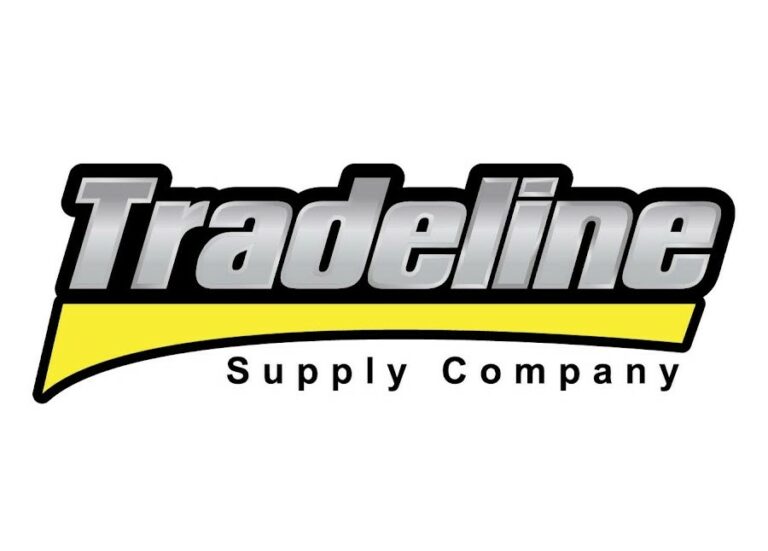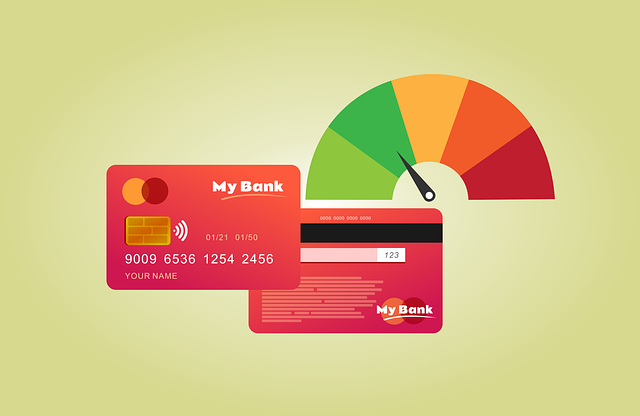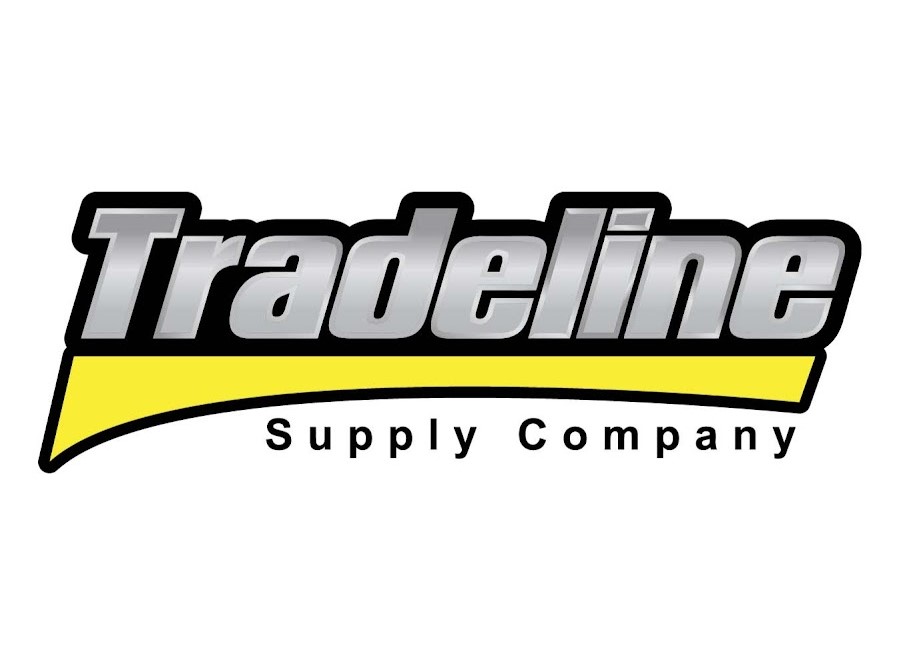What Is The Purpose of a Business Proposal?
The first step to writing a business proposal is understanding the document’s main objectives. From a broader perspective, you must promote your business while simultaneously addressing your potential client’s needs. Every component of the proposal should maintain that you fully understand what must be done and are indeed the best business for the job.
More specifically, it would help if you answered a series of questions concerning the task at hand. This includes:
- What specific tasks does this job entail?
- Which team members will complete each task?
- Who will supervise the team and oversee the whole process?
- How much will this job cost? Why are you charging this amount?
- How long will this job take? When will it be done?
- Why should you receive this job, as opposed to your competitors?
- How will you deliver high-quality work in the desired time frame?
It would help if you did not begin writing your proposal until you can clearly answer each question. Throughout this guide, we’ll explain which questions should be answered straight and to the point, and which require more detail. Certain parts of the proposal allow you to explain what sets your business apart from your competitors, and why you are the ideal long-term partner for this specific client.
Is Your Business Proposal Solicited or Unsolicited?
Once you’ve solidified the main objectives, you can move on to distinguish the two types of business proposals: solicited and unsolicited. Solicited proposals are sent because the recipient previously sent you a formal Request for Proposal (RFP). Unsolicited proposals are sent with no prior requested from the recipient.
Request for Business Proposal (RFPs)
If a potential client sends you an RFP, it’s usually because that potential client has heard of your business and is aware of your track record thus far. In this case, you probably don’t have to spend too much time convincing this potential client that you’re the right fit for the job. Instead, you can concentrate on making sure your proposal addresses their specific needs, as well as what sets them apart from other businesses.
Odds are, this is why the company reached out to you in the first place. Your proposal must, therefore, show them that they made the right decision by choosing you. They don’t want to see a generic proposal that seems like it could have been written for anyone.
Unsolicited Business Proposal
As you can imagine, unsolicited proposals require a lot more self-promotion. In addition to explaining what makes your company special, you must convince the potential client that they even need your services in the first place.
Until receiving your proposal, the potential client probably hasn’t thought about the benefits of working with a company like yours. Thus, it’s up to you to tell the company what they are missing. Think of it as introducing someone to an opportunity they didn’t know existed. Unsolicited proposals are especially challenging if there are few (if any) easily-discernable differences between you and your top competitors.
What Are The Main Sections of a Business Proposal?
A typical business proposal is composed of 7 or 8 sections:
- Introduction
- Table of contents
- Executive summary
- Project details
- Deliverables and milestones
- Budget
- Conclusion
- Bonus: Appendix (if necessary)
If you’ve previously written a business plan, this structure should look pretty familiar. Like a business plan, the best way to avoid mistakes and not spend too much time writing a business proposal is to start from the beginning and work your way down. Every proposal you write should be approached in this manner to ensure consistency. New businesses must show the same degree of professionalism to every potential client to establish and maintain their reputations.
Section 1: Introduction
The introduction to a business proposal is very similar to the company overview of a business plan. Your proposal should begin with a brief and concise summary of what your business does, what separates you from your competitors, and why your business is the perfect fit for this particular job.
The goal is to answer these questions in as few words as possible effectively. Your introduction should be no more than one page long, though you should probably aim more towards half a page. Though your business is likely special for many reasons, you must pick the reasons that matter most to this client. You’re going to be doing a lot of succinct pitching (or elevator pitching) a lot throughout your career. Thus, it’s constructive to learn which attributes to emphasize early on.
Section 2: Table of Contents
Your table contents should include all of the aforementioned sections. This tells the potential client what kind of information they should expect to see throughout the document.
Nowadays, most business proposals are sent online. Certain programs allow you to make each section of the table of contents clickable. This allows the reader to easily jump to different parts without scrolling up and down.
Section 3: Executive Summary
Your executive summary is essentially an expanded version of your introduction. You don’t have to hold back in this section when explaining your business’s biggest strengths and most distinguishing attributes.
Your introduction is mostly about you. The executive summary, on the other hand, revolves around the potential client’s needs and goals. This section should show the potential client that you understand exactly what they’re looking for and how this partnership will grow their overall success. Remember to focus on benefits that only you can offer; things the potential client hasn’t heard before.
You can go into detail when explaining why and how you’ll be able to complete the work by the desired time frame. Also, you should support your argument by discussing similar jobs you’ve from the past. Why were you able to fulfill the previous client’s needs so effectively?
Section 4: Project Details
Steps four, five, and six of your proposal should answer the questions from the “Getting Started” section of this guide. This is where you’ll detail how you will complete the job, i.e., the resources involved.
The Project Details section is like an essay’s body: the part with the most important information. It should begin with an explanation of your general strategy or approach. Like the Executive Summary’s benefits, your strategy should be uniquely innovative and clearly derived from this potential client’s individual needs. This section should reinforce the notion that you created this proposal exclusively for this opportunity.
Specifically, you should discuss every component of your strategy, or the smaller steps you will take to achieve the desired objective. The potential client must ultimately be convinced that your approach is the best solution on the market.
Section 5: Deliverables and Milestones
This is a highly specific section that outlines everything you’ll be doing for the potential client. Common examples include the tasks you will perform or quantities of products. It would be best to have a Deliverables and Milestones section to prevent potential clients from developing false expectations.
Any service-based business owner will tell you never to assume that you and your client have the same definition of the required tasks and responsibilities. If you don’t clearly define everything you’ll be doing and providing, the client could expect something different and deem the results unsatisfactory. Failing to define the scope of your services sets you up for being accused of over-promising.
Many businesses use this section to outline what they won’t be doing for the potential client. They do this for several reasons. First, they are likely concerned that performing one task will make the client assume they will also perform another commonly associated task. They may also be concerned that offering one service will lead to a request for another service they aren’t prepared to perform.
The “Milestones” part of this section refers to important due dates. Businesses often break projects into phases and use milestones to mark the completion of each phase. Common examples include the expected delivery date of certain materials or the day the potential client can expect to receive the first draft of a blueprint. Though they may only apply to longer projects, milestones show the potential client that your business has a very organized approach.
Section 6: Budget
Coming up with the right price for your services isn’t easy. Your proposed price must denote high-quality work without scaring the potential client away. And if you price your services too high, a competitor could undercut you.
As you can see, figuring out the perfect price can take time. So, you should probably tackle this process well before you begin writing your proposal.
You may be concerned that your potential client will immediately dismiss your proposed price, even if you are sure that it’s appropriate for the job. In this case, you could express the total price by listing the costs of each contributing expense. Some businesses aren’t aware of how expensive certain resources are these days.
Section 7: Conclusion
Your conclusion should reiterate the most important points of the proposal. Though you may feel like a broken record, you must once again explain the services you will provide, how you will provide them, and why your strategy is a better choice for this specific client than your competitors’ strategies.
If you’re writing a solicited proposal, you may want to include a terms and conditions section in your conclusion. This is yet another reiteration of your price, milestones, and the specific tasks involved. An RFP implies that the potential client is already interested in working with you. Thus, you can focus less on making a case for your business and more time stating your services’ terms.
Section 8: Appendix (Optional)
An Appendix consists of any supplemental information that doesn’t fall into the previous sections or makes the section fall under too long. Common examples include graphs, illustrations, rough sketches, or additional statistics related to your industry or track record. You could also use this section to provide detailed summaries of similar jobs from the past.
If you feel that a larger piece of information will help convince this particular client to work with you, save it for the appendix. But as we’ve said before, the information’s relevance depends on the client’s specific needs. You shouldn’t include general information that could be sent to virtually any potential client.
Depending on the size of the job, you might want to include contact information for the senior team members involved, as well as their prior experience with similar jobs.
If you can’t think of any additional information to include, that’s okay. It’s perfectly acceptable to omit an Appendix and close your proposal with your conclusion.
How To Follow Best Practices for Writing a Business Proposal:
Though each proposal’s subject matter will differ, there are certain elements of style that every reputable business likes to see. Regardless of your industry or the potential client’s size, we all want deals to be handled smoothly. The following guidelines will convey professionalism and help you express your thoughts clearly and succinctly. If you adhere to these guidelines in your first few proposals, this writing style will soon become natural.
1. Be Straightforward
Even if you’re a gifted writer, business proposals are supposed to be very straightforward. None of the content should seem remotely unnecessary or give the impression that you’re trying to fill more space. Except for your Project Details section, your business proposal should be short and sweet. You can show passion and enthusiasm in your Executive Summary as long as you’re careful not to get carried away.
2. Don’t Use Technical Language/Industry Jargon
This isn’t an opportunity to impress your potential client with technical knowledge. Using superfluous, vague language, or industry jargon runs the risk of misinterpretation.
Your Project Details section should explain precisely what you’re going to do. Also, do not make overly bold or ambiguous promises when discussing how the partnership will benefit the potential client. If you aren’t 100% sure that you can provide a certain benefit or reach a certain goal, don’t mention it.
3. Write for this Specific Audience
The tone and voice of your proposal should reflect the nature of your industry. Is your industry very serious and professional, or does it attract many creative and eccentric people? If you’re not sure which direction to lean, examine your potential client’s marketing materials.
Tailoring your language to your audience shows that you truly know your industry and are a logical choice for a business partner. It also proves that you didn’t just do the bare minimum and craft a generic proposal that could have been sent to any company from any industry.
4. Include a Title Page
Your proposal may turn out to be on the longer side due to the job’s scope or the amount of information used to prove your track record. In this case, you might consider a title page to make the proposal seem more organized and interesting.
A typical title page includes the business’s name, contact information, and the potential client’s name. Regardless of your proposal’s length, the decision to include a title page ultimately depends on the recipient’s preferences. The previous section emphasized knowing your audience. Well, would this particular client be impressed by a cover page or find it unnecessary?
5. Have it Reviewed by a Content Professional
People who don’t write or edit content for a living tend to over-write. They use too many words, repeat themselves, and can’t always tell the difference between necessary and unnecessary information.
For this reason, it’s never a bad idea to have a content professional take a quick look at your proposal. Odds are, they will be able to re-phrase certain sentences so you can get your point across without sounding too wordy. The chance to make your proposal shorter without compromising its quality or clarity shouldn’t be passed up.
Business Proposal: Practice Makes Perfect
Writing a business proposal can be very intimidating at first, but it gets much easier over time. Certain sections, like the Executive Summary, will become second nature to you. And as you write more proposals, you’ll acquire more data about what works and what doesn’t. You’ll be able to discern the key characteristics of a successful proposal and maintain those characteristics moving forward. Eventually, you’ll develop general strategies and guidelines for each section. Future proposals will essentially write themselves.











